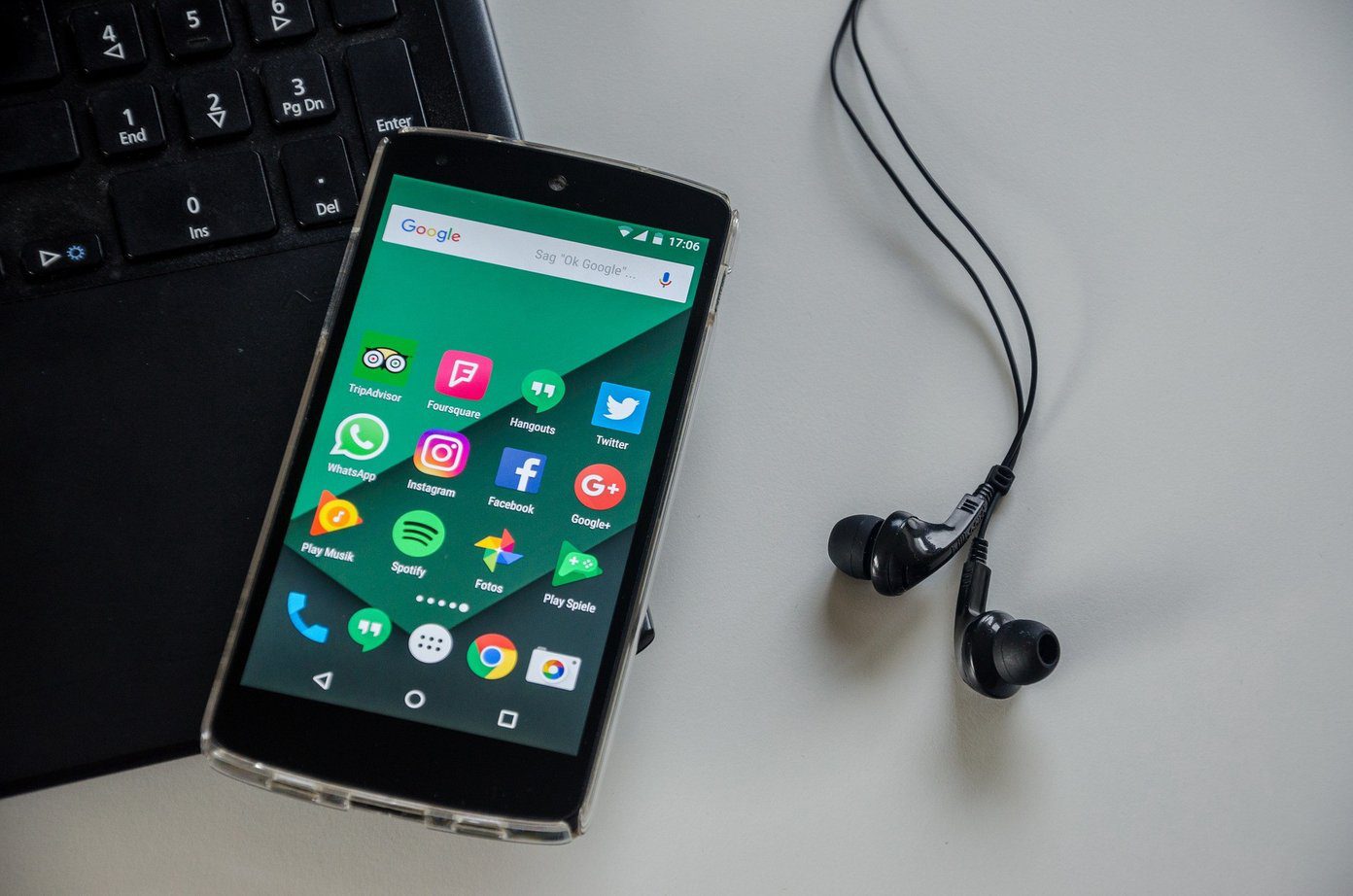Codenamed Snapdragon 8510, this chipset is future-ready — a characteristic associated with Qualcomm since the last couple of years. In fact, Qualcomm flagships have often been compared to Apple’s flagship mobile processors in the past. In this post today, we will explore the new Qualcomm Snapdragon 855 and the new features it has to offer.
1. 5G Ready
Yes, the Snapdragon 855 is the first mobile processor to enable full-ranged 5G functionality. One of the most obvious advantages of 5G networks is the bump in speed. This means faster streaming with minimum latency. The Snapdragon 855 will support 5G mmWave and will operate in the sub-6GHz spectrum bands. However, there’s a slight catch to this tale. The 5G functionality isn’t a built-in feature on the Snapdragon 855 chipset. Instead, it’s a part of the Snapdragon X50 modem, which is a separate add-in. So, companies that want to offer 5G services on their smartphones have the independence to opt (or not) for the 5G functionality. When it comes to the built-in modem, the 855 comes packed with the Snapdragon X24 LTE modem. This modem can enable theoretical download speed up to 2Gbps and upload speed up to 316 Mbps. The 2019 OnePlus variant will be the first phone to be powered with this 5G chipset in the Europe region. But it remains to be seen whether other phone manufacturers actually adopt this feature. Remember the Qualcomm Quick Charge 4+, and how rare it is to find it?
2. Qualcomm Kryo 485 CPU
At its heart, the Qualcomm Snapdragon 855 is composed of eight Kryo 485 CPUs. Unlike the previous iterations, Qualcomm has opted for a tri-cluster arrangement in the Kryo 485 cores. For those unaware, Kryo cores are built on ARM’s Cortex CPUs. Usually, Snapdragon flagships like the 835 and the 845 come with two-cluster design comprised of four ‘performance’ cores and four ‘efficiency’ cores. The Kryo 485 CPU is composed of a single Cortex A76 that will act as the ‘Prime’ core, three Cortex A76s acting as the ‘Performance’ core, and four Cortex A55s acting as the ‘Efficiency’ Cores. The prime core clocks at 2.84GHz. While the performance core and the efficiency cores clock at 2.42GHz and 1.80GHZ respectively. To add to it, the prime core has a 512KB L2 cache, while the performance core is coupled with 256KB L2 caches. Lastly, the efficiency core has a 128KB L2 cache. For those unaware, the Cortex A76 is a new micro-architecture from ARM and is designed for high performance and high efficiency. This new arrangement gives the Snapdragon 855 a 45% performance boost compared to its predecessor.
3. 7nm Fabrication Process and Adreno 640 GPU
Synonymous to the Apple A12 Bionic processor and the HiSilicon Kirin 980, Qualcomm has also adopted the 7nm fabrication process for the Snapdragon 855. However, this time the chipmaking giant chose TSMC instead of Samsung as its manufacturing partner. One of the most obvious advantages of a smaller process node is the boost on overall performance and battery efficiency of the processor. Another interesting update is the Adreno 640 GPU for high-resolution gaming. Though nothing much has been disclosed about it, Qualcomm claims that this GPU gives 20% increased performance compared to the Adreno 630 found in the Snapdragon 845. Apart from that, the GPU is capable of handling 4K HDR10+ playback.
4. AI-engine
When it comes to Artificial Intelligence or AI, Qualcomm has significantly ups its game and bundles the Snapdragon 855 with a multi-core Qualcomm AI Engine (4th generation). This engine is capable of handling up to 7 trillion operations per second. If you recollect, the A12 Bionic can handle up to 5 trillion AI operations per second. The AI powers of the Snapdragon 855 is incomplete without the mention of the Hexagon 690 DSP (Digital Signal Processor). The DSP is responsible for the first tensor accelerator for mobile and also doubles up as hardware acceleration for performing complex matrix multiplication. So whether it’s echo cancellation, noise suppression, better imagery or changing hair color in real time, the Hexagon 690 has sizeable updates and improvements. Interestingly, there’s an advanced on-device Voice Assistant on board of the Snapdragon 855 designed for echo cancellation and noise suppression. Other than the above, the Qualcomm Spectra 380 image signal processor is capable of recording 4K HDR10+ videos. This mode will enable users to record cinematic videos with bokeh-like blur effects.
5. Snapdragon Elite Gaming
Gaming is the new It thing, and this has been proven true by the popularity of games like Fortnite and PUBG for mobile. Qualcomm aims to reap its full benefits through its Snapdragon Elite Gaming. The Snapdragon Elite Gaming is a combination of many things designed to improve the gaming experience. That means the obvious improvement in graphics-related performance, you’d also see improvements in the field of gaming audio and graphics quality. In fact, the Snapdragon 855’s graphics performance is 20% faster than the 845. Along with the above, games will load faster and will have less stutter. Another interesting point is that this new chipset supports Vulkan 1.1, this API helps game makers squeeze maximum performance out of a phone. Furthermore, the 855 will allow 10-bit true HDR gaming which will enable more vibrant colors and higher dynamic range. To add to it, Snapdragon 855 will enable volumetric VR for an immersive video experience. For the uninitiated, Volumetric VR is the next big thing in VR. It allows for a more fluid experience by creating virtual environments by creating immersive walk-around experiences and the likes.
It’s All About Speed
The Snapdragon 855 packs a punch and can be described as something more than future-ready. Though it looks great on paper, users may or may not get to reap the actual benefits. For one, it’s up to the OEMs how they choose to tap on to the full powers of the Snapdragon 855. Plus, there’s no denying the fact that phones powered by this chipset will be expensive. Even now, premium flagships are hovering around the $900-$1000 mark (like Samsung Galaxy Note 9 and the Google Pixel 3 XL). It wouldn’t be surprising for me at least (and for many of you) if phones cross this threshold the next year. The above article may contain affiliate links which help support Guiding Tech. However, it does not affect our editorial integrity. The content remains unbiased and authentic.

















